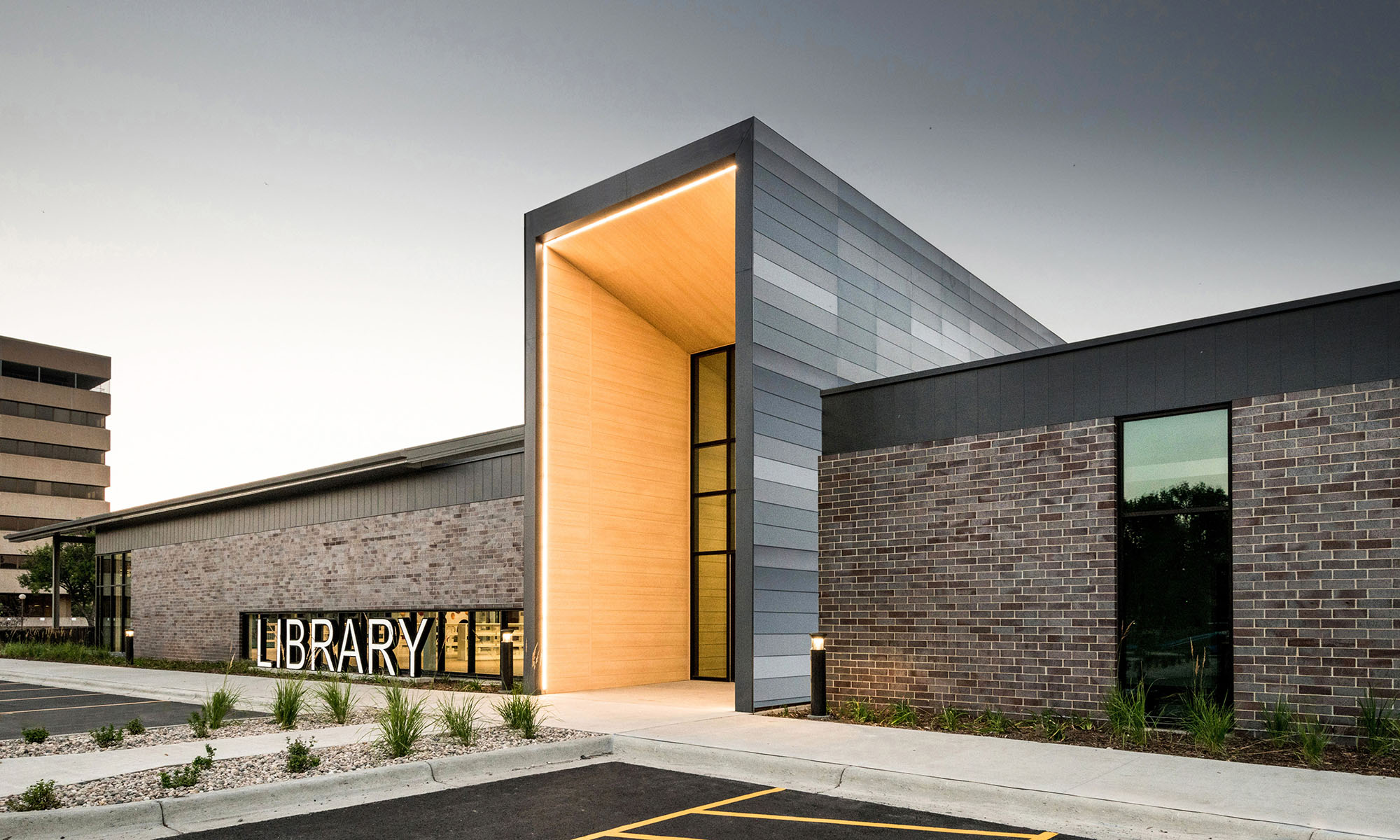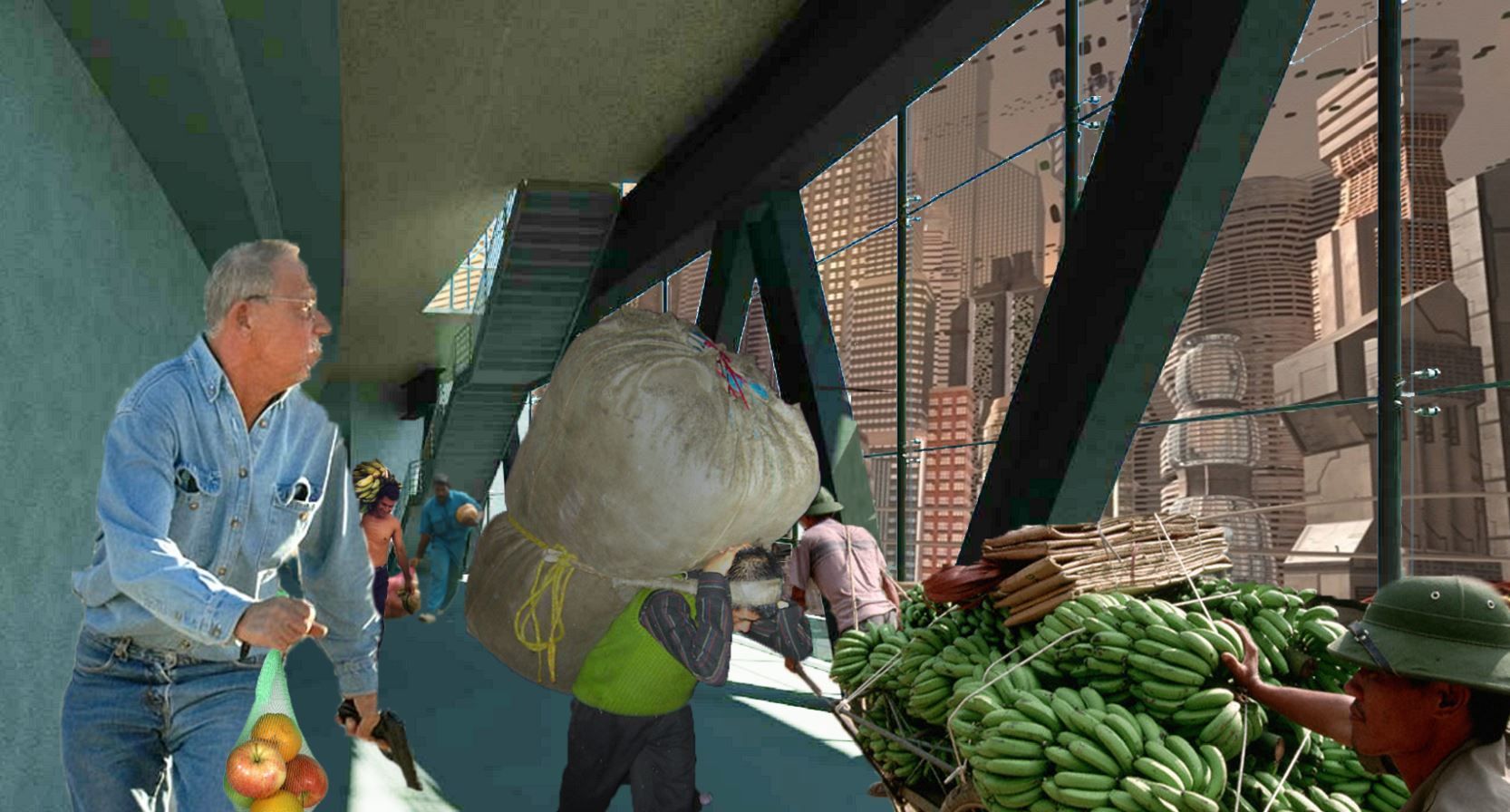Prevalent in several university architecture programs these days is an emphasis on the “narrative” in design. No, this doesn’t mean the technical narrative a mechanical engineer puts together (as enticing as engineering narratives might be). I’m talking about approaching design per the definition of a narrative, that is thinking of a building or project as a story, or telling a story through a project. As someone who enjoys writing, this exercise can be very fulfilling, even if little of it is appreciated in the professional practice of architecture. However, I’d like to offer some ways that a narrative approach can actually be used to bolster the professional pursuit of architecture.
Narrative Experience
Architecture has long moved beyond a service industry and is starting to make headway into the “experience” industry. Today’s up and coming corporate leaders and institutional decision makers are coming from a generation (my generation) where experience is often prized over tangible goods. Thus, the experience of working with an architect is of utmost importance, and that is where a narrative can come in handy.
Using a narrative or story-telling approach to connect the phases of design, in essence to “guide” the process, leaves clients with something more tangible and memorable about their experience (coupled with some sweet renderings of course). They are likely to remember the design experience based on the story that was told or interwoven throughout each milestone, and after the contractor has the owner’s ear during all of construction, is the element their likely to remember from their designer and from the design phase – not the drawings you made or specification manual put together, but rather the experience they had, thy story you helped them tell about their building. This of course leads to good word of mouth or, even better, repeat work.
More pragmatically, the narrative process can be used internally to provide a final deliverable after the project is complete, documenting in a digestible format the lessons learned and providing a written design audit of the final building or project. This makes it easy for others in the firm to review and learn from colleagues’ work, rather than having had to be intimately involved in the specific project, ensuring successes and issues are made known, and ideally not having the “issues” repeated on future work.
Narrative Perspective
The most important benefit for the narrative process is using it to develop a user and people based perspective. It may seem silly at first (of course our design work is people based!), but developing stories around the proposed project helps the designer better put themselves in the shoes of those people who will be interacting with the building. This is more important for the public realm, as opposed to the individual users a designer generally works with throughout the design process. How will the public interface with public (and even non-public) portions of the program and building? How can the spaces then be shaped to enhance this public experience? Does it reveal any aspects of the program that the designer and users never imagined at first?

For me, this approach tends to manifest itself when creating imagery for clients: to help frame a “scene” around a specific story, even going so far as to name the “scalies” (as we used to call them in grad school) – the people photoshopped or placed into renderings – and provide them with some sort of backstory – why are they there, what are they doing, what’s their motivation? It is a fun exercise, and I encourage you to try it. Make up a short narrative (can be a single sentence even) about the image above and post it in the comments.
The same process holds true for imagining what else the building could be, in the future (cue the Conan O’Brien “in the year 3000” segment). Often times, we design our buildings with the assumption that it will always house the same function, but if history provides us any example, this is often not the case, especially if the buildings are constructed with long-lasting features or good bones. Warehouses become dwellings, schools become hospitals, and so and so on. Again, it is another fun exercise to imagine and perhaps help plan for what a building might be. The poorly photoshopped feature image of this post is based off taking a velodrome project from grad school and imagining it in the future – of course I took the approach of a dystopian sci-fi future where our farmland has all dried up and we have to rely on advanced hydroponics and urban agriculture to feed the masses because, why not? The protagonist is the guy with the bag of honeycrisps in one hand and a gun in the other – imagine the story there (I’ve got one in my archives if you are really interested)!
Narrative as Aesthetic
Finally, narrative can be use to design the building and inform its aesthetics. This is obviously a bit more subjective, but still serves as an approach – one that may be more appropriate for some projects than others. To put it simply, good design often involves some sort of “tension” – between program, users, building elements, or materials – and how the design mitigates that tension. This tension can be used to contrast or accent the larger gestures of a design, but to do so effectively, it may be worth thinking of the design as a narrative, outside of the literal description about how one went through the stages of design. Create a story about the building itself, not the process. Think a bit more abstractly. How did the building come to be? Who or what is the “hero” in the design of the building (the stairway?), and conversely, what is the “villain” or antagonist (the elevator)? What is the protagonist of the design trying to overcome? Then, perhaps, that can start to inform the articulation of the building and lead to something truly breathtaking.
Ultimately, a narrative approach to our work is just another creative approach to creating better design, whether from pragmatic standpoints or to generate more abstract perspectives. Give it a try on your next project, even if you don’t necessarily share the results with others. If anything it will help get your creative juices flowing.

Chase Kramer, AIA, is the Director of Design for TSP Inc. in Sioux Falls. He received his M.Arch from ISU where he focused on urban design and sustainability. Before that, he received a degree in Art from Augustana University. He lives in Sioux Falls with his wife and four children. Beyond Architecture, he is an AI early adopter, musician, art lover, and fan of cheese and beer.


